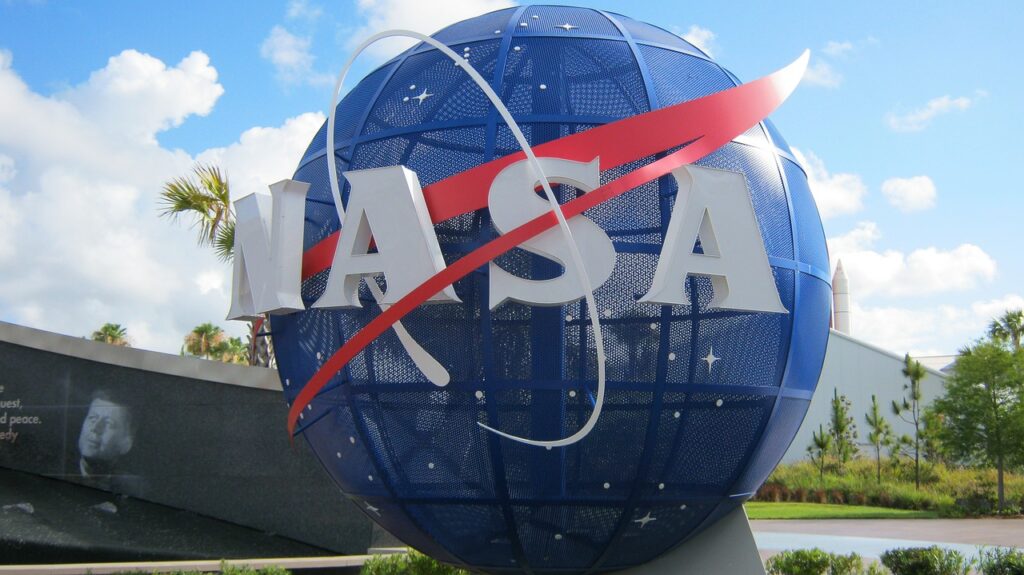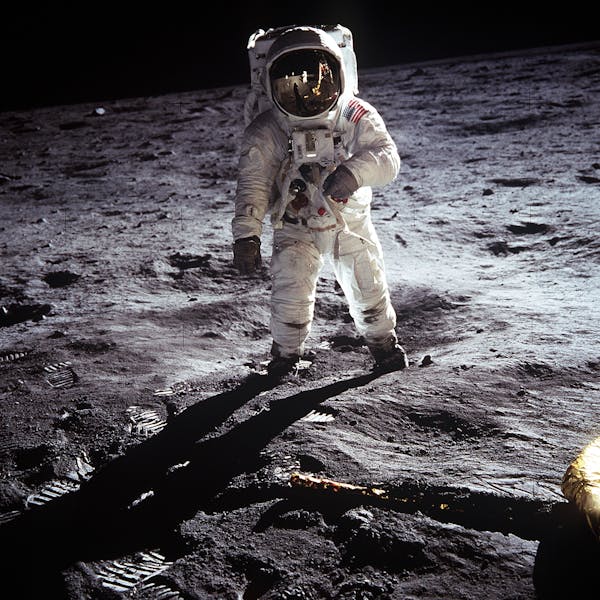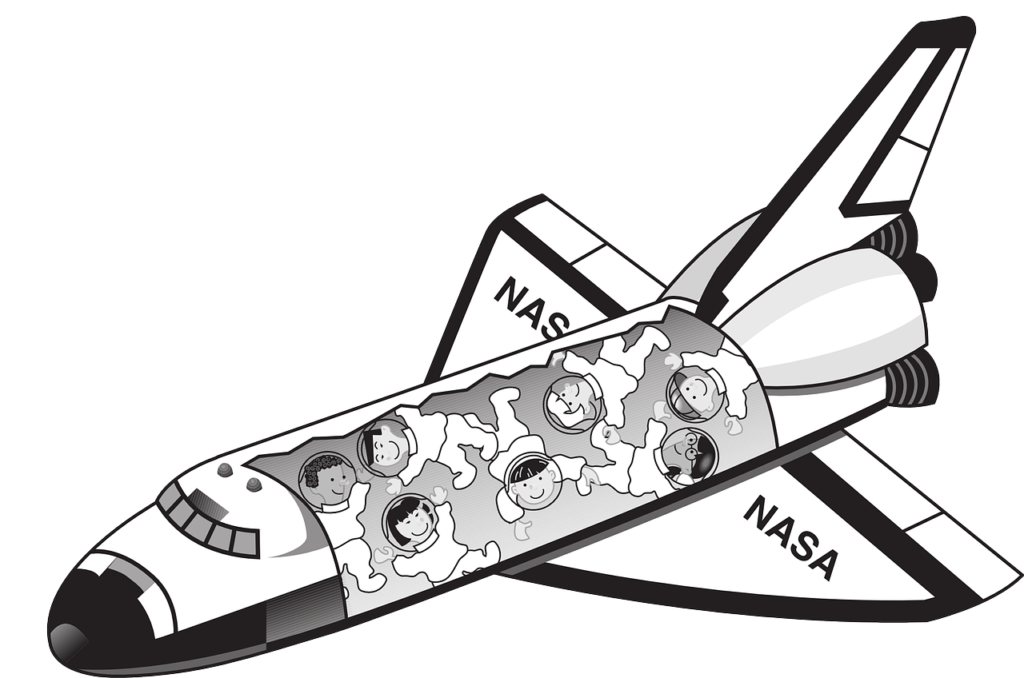NASA, the world’s leading space agency, has been at the forefront of space exploration for decades. From landing on the Moon to sending rovers to Mars and exploring the vast unknown, NASA continues to push the boundaries of science and technology. Their groundbreaking missions help us understand the universe, discover new planets, and even search for signs of life beyond Earth.
In this, we dive deep into NASA’s most recent discoveries, how they impact our understanding of space, and what the future holds for space exploration.

NASA’s most recent discoveries and breakthroughs
1. The James Webb Space Telescope: A New Era of Space Exploration
NASA’s James Webb Space Telescope (JWST) has transformed our ability to see into the depths of the universe. Launched in December 2021, JWST captures stunning images and provides unprecedented insights into distant galaxies, exoplanets, and cosmic events.
Some key discoveries by JWST include:
The detection of water vapor in the atmosphere of exoplanets.
The clearest images of distant galaxies ever seen.
A deeper understanding of star formation and black holes.
With JWST, scientists can now study the origins of the universe like never before!
2. Mars Exploration: Searching for Signs of Life
Mars has always been a fascinating planet for scientists, and NASA has been actively exploring it through various missions. The Perseverance rover, which landed on Mars in 2021, is equipped with advanced technology to analyze the planet’s surface and search for signs of ancient life.
Perseverance has:
Collected rock samples that may contain traces of microbial life.
Discovered evidence of an ancient river delta, suggesting Mars once had liquid water.
Tested the MOXIE experiment, which successfully produced oxygen from the Martian atmosphere.
These discoveries bring us closer to understanding whether life once existed on Mars and how humans might survive there in the future.
3. The Artemis Program: Returning Humans to the Moon
NASA’s Artemis program aims to send astronauts back to the Moon, paving the way for future human exploration of Mars and beyond. The Artemis I mission successfully launched in 2022, testing the capabilities of the Orion spacecraft.
The key objectives of the Artemis program include:
Establishing a sustainable human presence on the Moon by the 2030s.
Using lunar resources to support deep space exploration.
Inspiring future generations to pursue careers in space exploration.
With Artemis, NASA is preparing for an exciting new chapter in human spaceflight!

Why NASA’s work matters to everyone?
NASA’s discoveries do more than just explore space; they benefit humanity in numerous ways:
Technological Advancements: Many everyday technologies, such as GPS, medical imaging, and water purification systems, originate from NASA research.
Inspiring Innovation: Space exploration encourages young minds to pursue careers in STEM (Science, Technology, Engineering, and Mathematics).
Understanding Our Planet: By studying other planets, NASA helps us learn more about Earth’s climate and environmental changes.
The Future of NASA: What’s next?
NASA has ambitious plans for the future, including:
Sending humans to Mars by the 2030s.
Developing space habitats for long-term missions.
Exploring Europa, Jupiter’s moon, to search for signs of alien life.
With every mission, NASA brings us closer to answering fundamental questions about the universe and our place in it.

Final Thoughts: Join the Space Adventure!
NASA’s discoveries captivate and inspire millions worldwide. From unraveling the mysteries of distant galaxies to preparing for human life beyond Earth, every mission brings us closer to answering fundamental questions about the universe.
Whether you dream of becoming an astronaut, love stargazing, or are simply curious about the cosmos, there has never been a better time to follow NASA’s groundbreaking work. The future of space exploration is filled with exciting possibilities, and you can be a part of it—through learning, innovation, and imagination.

